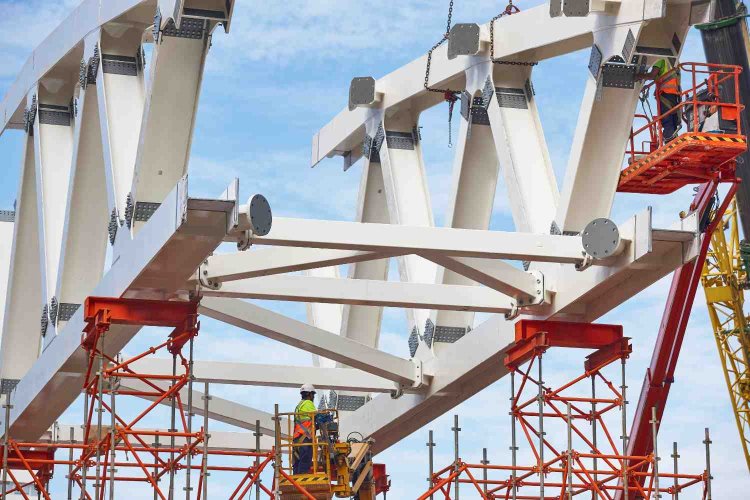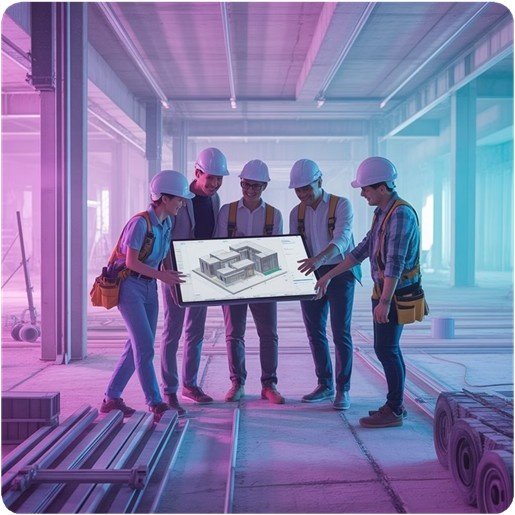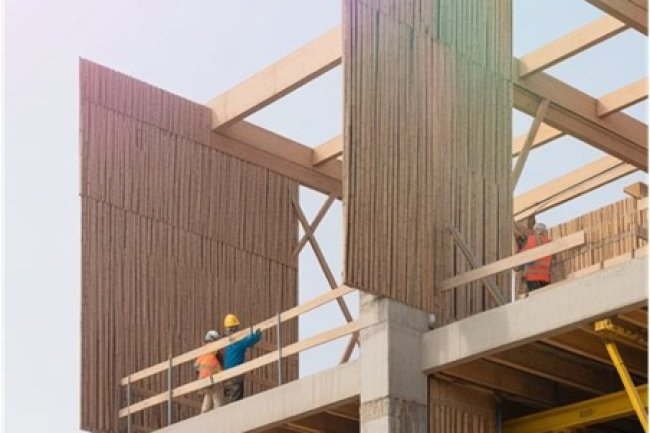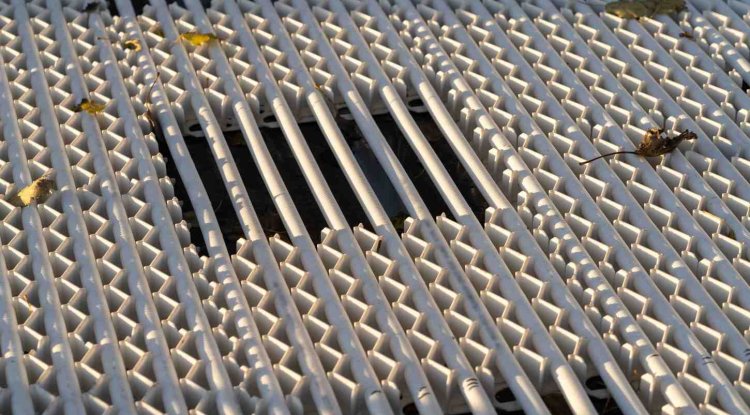Modeling Steel Joists in BIM: Tools and Techniques
Steel joists form the backbone of modern construction, and modeling them accurately in Building Information Modeling (BIM) environments is essential for project success. Whether you're a project manager coordinating deliverables or a BIM professional creating construction documents, understanding the right tools and techniques can transform your workflow and reduce costly errors downstream.

Why Steel Joist Modeling Matters in Today's Construction Landscape
|
Steel joists are engineered structural components that span between supports, carrying floor and roof loads efficiently. In BIM, these elements need to be modeled with precision—not just as simple lines, but as intelligent objects containing critical data about size, load capacity, connections, and material specifications. The benefits extend far beyond visualization. Accurate joist modeling enables automatic quantity takeoffs, clash detection with MEP systems, and seamless coordination between structural engineers, fabricators, and contractors. When done right, it reduces RFIs, minimizes field conflicts, and accelerates project timelines significantly. |
|
Essential BIM Tools for Steel Joist Modeling
Autodesk Revit
Industry standard for structural BIM with robust parametric modeling capabilities and extensive Steel Joist Institute (SJI) family libraries.
Tekla Structures
Powerful detailing platform favored by fabricators for its precision in connection design and automated shop drawing generation.
Advance Steel
Specialized steel detailing software that integrates with AutoCAD for engineers requiring detailed fabrication information.
Each platform offers unique advantages depending on your project requirements and team workflows. Many successful projects leverage multiple tools, with Revit handling design coordination and Tekla managing fabrication details.
Step-by-Step: Modeling Steel Joists in Revit
Establish Your Structural Grid
Begin by defining column lines and levels that match your structural drawings. Accurate grids ensure joists align properly with supporting beams and girders.
Load SJI-Compliant Families
Import manufacturer-specific joist families or use standard SJI designations. Ensure families include proper parameters for depth, length, and load tables.
Place Joists Using Beam Tools
Use the structural framing tool to place joists between support points. Pay attention to bearing lengths and joist seat requirements per design specifications.
Define Parameters and Properties
Assign accurate type parameters including designation (e.g., 18K5), spacing, bridging requirements, and any load or deflection considerations.
Verify and Validate
Run interference checks, verify against structural calculations, and ensure joists display correctly in plans, sections, and schedules.
Advanced Techniques That Separate Good Models from Great Ones
Parametric Families for Flexibility
Create custom families with built-in intelligence that automatically adjust bridging, web configurations, and connection details based on span and load conditions — saving hours when designs change.
LOD-Appropriate Detailing
Match the Level of Development to the project phase. Early designs need simple geometry, while fabrication models require full connection details. Over-modeling wastes time; under-modeling causes coordination issues.
Automated Scheduling & Tagging
Use smart schedules that pull joist data directly from model properties. This ensures drawings remain synchronized with design updates — eliminating manual counting and reducing documentation errors.
Common Challenges and How to Overcome Them Model Performance Issues
|
|
Large projects with hundreds of joists can slow down your BIM environment significantly. Combat this by using simplified geometry for distant views, leveraging view filters, and implementing workset strategies that allow team members to work on different building areas simultaneously. Coordination with Steel Fabricators |
Key Takeaways for Your Next Project
Choose the right tool for your project phase and team capabilities
Revit excels at coordination, while Tekla dominates fabrication detailing.
Invest time in quality families and templates upfront
Well-structured parametric families pay dividends throughout the project lifecycle.
Maintain appropriate detail levels for each project phase
Match LOD to deliverable requirements to avoid wasted effort.
Prioritize coordination and communication with all trades
Steel joists interact with nearly every building system — early coordination prevents costly conflicts.
Mastering steel joist modeling in BIM isn't just about software — it's about understanding how these structural elements fit into the broader digital construction ecosystem. With the right tools, techniques, and collaborative mindset, you can deliver projects that are better coordinated, more efficiently constructed, and set up for success from design through occupancy.
What's Your Reaction?


















